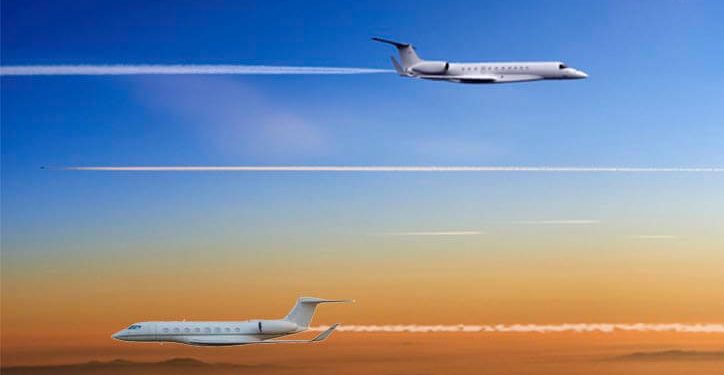Reduced Minimum Vertical Separation (RVSM) is specified to reduce the vertical separation between aeroplanes at flying levels from 29,000 feet to 1,000 feet from 29,000 feet to 41,000 feet. RVSM has been developed to improve the capacity of airspace and offer access to fuel efficiency standards. RSVP is a global norm requiring RVSM approval for aircraft flying between 290 and 410 flight levels (including). The height-keeping monitoring of an aircraft is a significant component of the Approval process, as it supports the safety assessment and safety monitoring function necessary to carry out RVSM. To preserve RVSM certification status, the operator must comply with their minimal aircraft monitoring standards defined by their respective State authorities. RVSM training is necessary for pilots permitted to operate between FL 290 to FL410. The RVSM training requirement comes from your Ops Specifications in Part 135 or LOA B046 in Part 91.
To get the Ops Spec or LOA, you must indicate how you intend to comply in your training manual (part 135) or your handbook for operations (part 91). Details on compliance with B046 are provided in AC 91-85A/B. It also defines the necessity for initial and “recurring” training and the standards for knowledge to be satisfied. Themes such as pre/in-flight, MEL, TCAS, Mountain Wave/Turbulence, etc. — Themes that impact you’ll be appropriately segregated. One way to comply with this requirement is by receiving a certificate upon completion of this course. Additionally, the recurrent RVSM training is needed to be completed every 12 calendar months for pilots flying under the terms part 91K, part 121 and part 135
The requirements to operate RVSM include:
- 2 Independent measurement systems for altitude
- Altitude-reporting transponder (SSR) secondary radar surveillance
- System of Altitude Alerts
- An Altitude Control System Automatic
- Additionally, an autopilot of an automated attitude control system in the RVSM airspace is needed. It must also be operational from any of the two different methods for measuring altitudes.
- However, The RVSM airspace must not be entered by a traffic collision prevention system (TCAS). The only need is for TCAS II to be upgraded to version 7.0 or later if TCAS II is already installed.
Regulatory requirements
- Unless the Authority agrees, an operator shall not operate an aeroplane in designated areas of airspace, where a vertical separation of at least 300 m (1000 ft) shall apply under the regional air navigation agreement (RVSM Approval). SPA.RVSM.100 and SPA.RVSM.110, EU-OPS 1.241 EASA IR- OPS SPA.RVSM.110 See EU-OPS 1.872 as well.
- The State shall be satisfied before approving the RVSM…that:
a) The aircraft’s vertical navigational capability satisfies the (as required);
b) The operator has established appropriate procedures for the continuing operation of air navigability practices and programs (sustainable maintenance and repair); and; and
c) The operating procedure for flight crews in the RVSM airspace has been established by the operator.
Benefits of RVSM
- In terms of economic and on-road airspace capacity, the RVSM airspace delivers substantial benefits.
- Reduced vertical separation from the standard 2,000 feet to 1,000 feet to 300 metres. Between the FL290 and FL410 aircraft. add six more stages of flight:
FL 300, FL 320 FL, 340,FL 360, 380 FL, 400 FL, 340, 380.


